The Dome of Light
The world’s largest work of glass art hides in this stunning Taiwanese subway station.
At the intersection of Kaohsiung’s Red and Orange metro lines, the history of the universe plays out on giant dome of illuminated glass. Built by Italian artist Narcissus Quagliata, the Dome of Light also commemorates the harrowing birth of Taiwan’s democracy.
Despite its location at Kaohsiung’s busiest metro stop, the Dome of Light holds the solemnity of a cathedral. The dome is an impressive 30 meters (98 feet) in diameter and is made of 4,500 glass panels, making it the largest work of glass art in the world. The installation took Quagliata four and a half years to complete and has led some to call Formosa Boulevard one of the world’s most beautiful subway stations.
Each of the dome’s four quadrants highlights themes from the lifecycle of the cosmos, humanity, and Taiwan’s own tumultuous political history. The imagery moves through periods of painful growth and inevitable destruction, but the overall message echoes with hope and rebirth.
Although Taiwan is now considered one of the most legitimate democracies in Asia (second only to Japan and South Korea), its political history is defined by violence and oppression under a one-party state. Beginning with the February 28 massacre in 1947, a 38-year period of martial law saw tens of thousands of political dissidents imprisoned or executed.
Things began to shift on December 10, 1979, when a pro-democracy demonstration and celebration of Human Rights Day descended into police-instigated violence. The events of the protest helped unite government opposition and marked a turning point in Taiwan’s democratization. Known as the Formosa Incident, the protests took place near the present-day Formosa Boulevard Station where the Dome of Light is installed.
At street level, the Formosa Boulevard Station is just as remarkable. The four main entrances were designed by Japanese architect Shin Takamatsu. Their curved shape and orientation towards one another is thought to be symbolic of hands clasped in prayer—perhaps seeking redemption for the past or wishing for continued peace in the future.
Know Before You Go
The Dome of Light can be found in the B1 level of the Formosa Boulevard Station, where the Kaohsiung MRT Red Line and Orange Line intersect.
Community Contributors
Added by
The Atlas Obscura Podcast is Back!


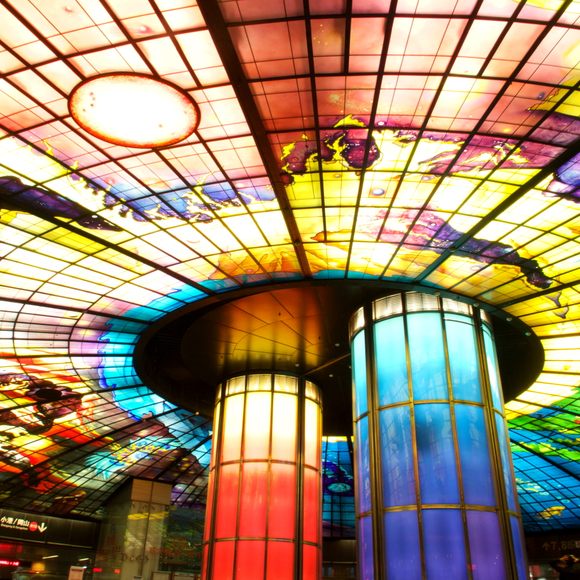


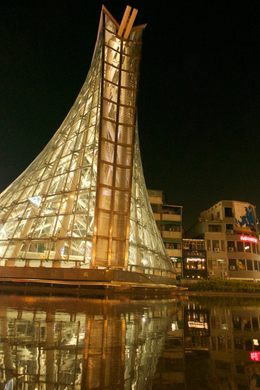
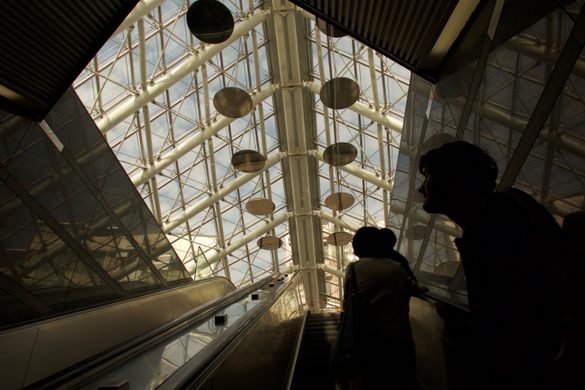







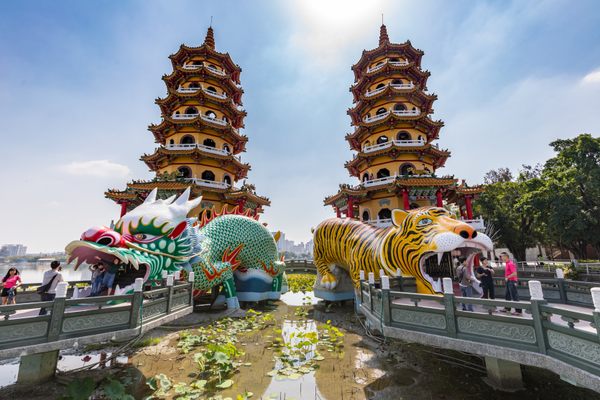
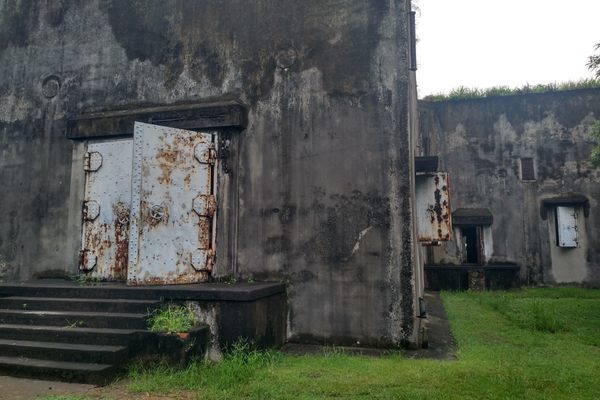
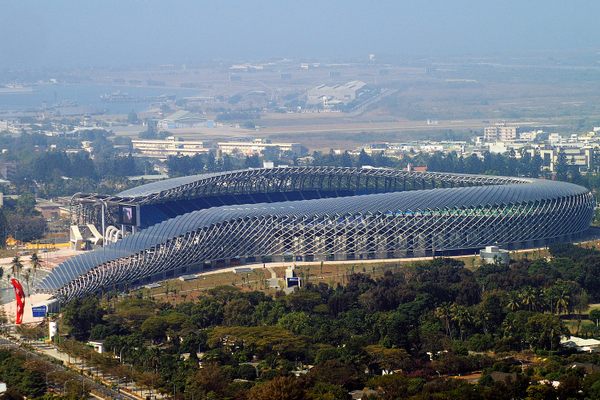





Follow us on Twitter to get the latest on the world's hidden wonders.
Like us on Facebook to get the latest on the world's hidden wonders.
Follow us on Twitter Like us on Facebook